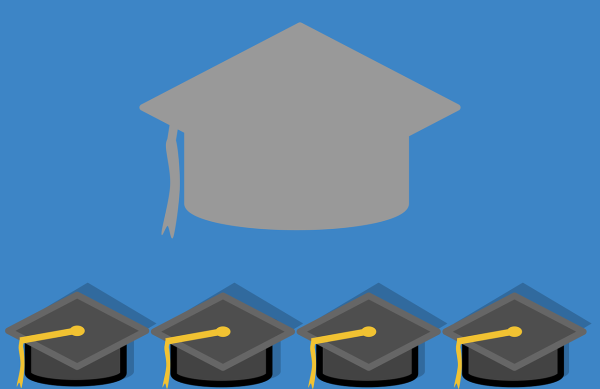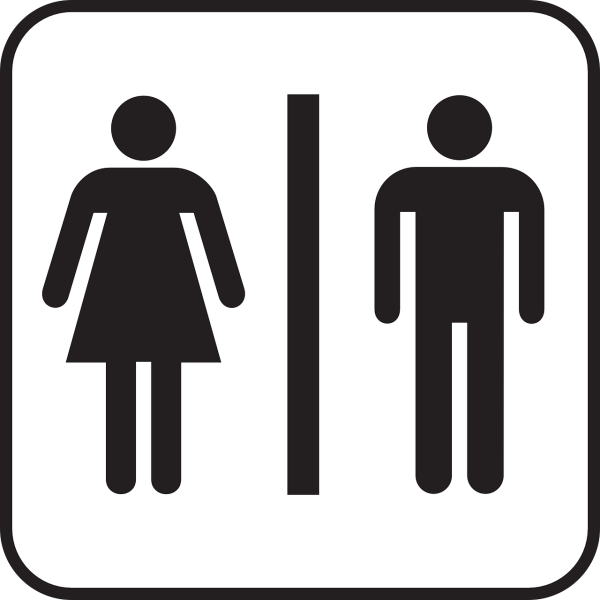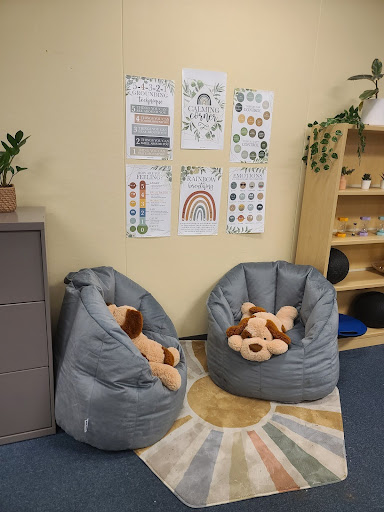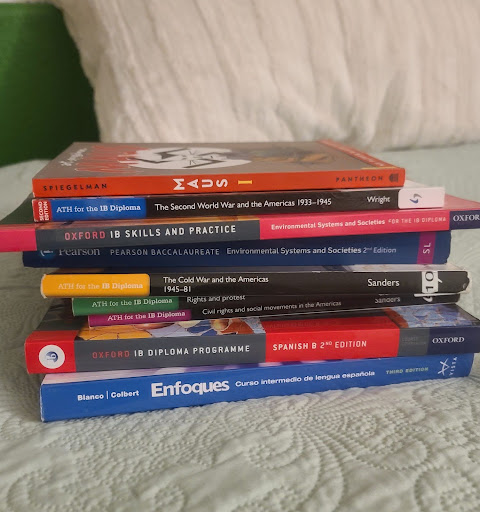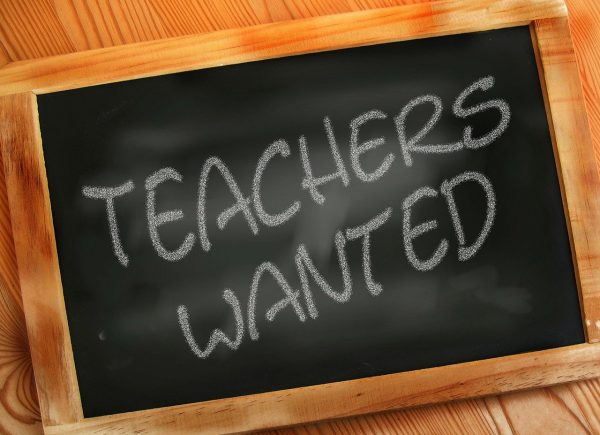Despite laws on the books, disabled students and parents still fight for services
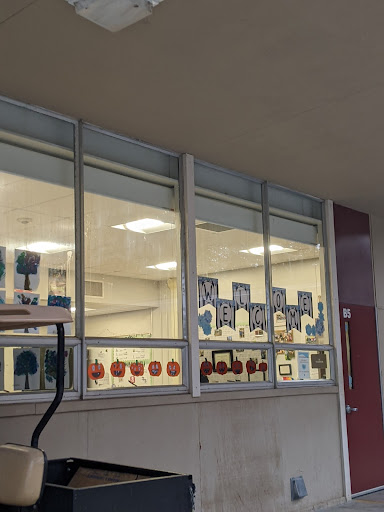
Outside one of the Special Education classrooms at Cordova High School. Photo by Kay Stout.
November 30, 2022
California accommodates the needs of disabled students to a greater extent than other states when parents challenge their children’s placement in public schools, according to data from a lawsuit filed by parents in Virginia.
Parents who file such challenges believe the public school is not adequately meeting their children’s needs and want them placed in another educational setting. In California, the law requires that special needs students be educated alongside non-special needs students to the maximum extent practical.
In an Oct. 30 article on the lawsuit, the Washington Post reported that in Virginia the data showed “just 13 parents in 847 cases, or about 1.5 percent, successfully challenged school district decisions about their children’s placements.” The article said, “By comparison, the suit said almost 35 percent of California parents — the state with the most special needs students in the country — won such cases …” The figure in Maryland, the article said, was about 15 percent.
In the 2018-2019 school year, California provided special education services to 795,047 individuals, according to data from the state Department of Education. https://www.cde.ca.gov/sp/se/sr/cefspeced.asp But while California has the highest number of special needs students, it has one of the nation’s lowest rates as a share of the total student population. According to a November 2019 report from the Legislative Analyst’s Office, 43 states had higher rates than California in 2017-2018.
https://lao.ca.gov/reports/2019/4110/overview-spec-ed-110619.pdf
Meanwhile, Cordova High School educators gave SacSchoolBeat their thoughts on special needs education.
Anne Bigham, a Special Education Moderate to Severe teacher at Cordova High, said, “We do have a lot of service providers and a lot of services that are offered to our kids. And they do try their best to give our kids what they need. I think the biggest obstacle we face is staffing. If we don’t have the right staff, then we don’t have the ability to help students.”
Although Cordova High has many available resources for its special needs students, oftentimes adequate funding can still be a problem.
Bingham said, “We’re working on it. Some of the admin team is trying to figure out a way but I’ve only been here for a few years…it’s been a weird time to move in here. But in the past it was like a funding issue because culinary and those programs are academies. I understand but also, (my students) would love to be there. We cook every week in this classroom.”
Jayson Broadbent, a paraeducator at Cordova High for Moderate to Severe, said that when it comes to special needs education, kindness and acceptance are essential.
“There’s some schools that have, it seems, their own private school for special education kids, to be more accepting of other (students),” he said. “I can think of a few kids in our program and they’ll insist that they’re normal kids. They’re like, oh, I shouldn’t be in here. It makes them feel bad.”
The next step after high school is daunting for everyone, but for disabled and special needs students, getting into college, even community college, is especially challenging.
Bigham said, “With the community colleges today, they have programs for people with disabilities. But even those programs are for the kids that are pretty high in terms of academics, whereas the kids in my classroom, I have kids that are identifying letters, numbers, and I have kids that are reading at a third grade level.
“So I have a really big spectrum, but like the community college would only take the kids that can read at third or fourth grade level and can write. They advertise that we have all these options, but then it’s actually not really super inclusive for all of the kids.”



